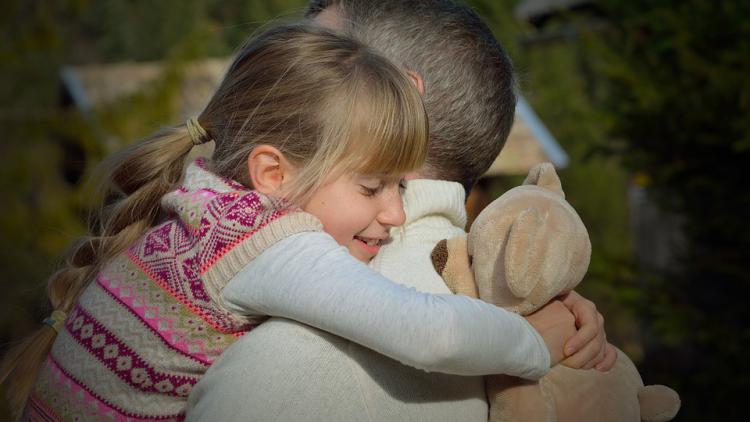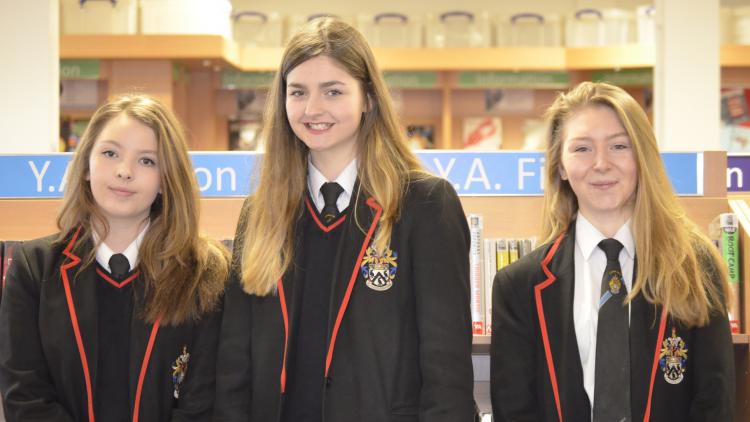
Students at Drouin West Primary School attend regular classes such as English and maths, but since the start of term one, they are learning emotional intelligence as well.
A new course guides students aged 9 to 12 to identify emotions, what causes them, how to deal with certain feelings and practicing restraint.
Teacher Alesha Bills created the unit after noticing students were not controlling their emotions as well as they could be.
“It all started as a discussion about the needs of our students in our classroom,” Ms Bills said.
“It became apparent that some of the students weren’t aware of identifying their emotions and controlling them, so that’s when we got together and said, ‘What can we do about this?'” she said.
“Some initial reactions to anger were physical reactions, so it’s about coming up with an alternative reaction that follows a safe, respectful and kind [approach] to others.”
Before the class and occasionally afterwards, the students are guided through a mindfulness and meditative period to slow their mind and calm down.
“For the older kids we’re trying to do a bit of mindfulness and meditation, and talk about how deep breaths can be really helpful for reactions and for calming ourselves down,” Ms Bills said.
“So if we’re really angry that’s okay … but if I take five deep breaths, am I going to still be as angry as I was?
“Using that time to sit quietly as well as reflect on their own behaviour and just take a little bit of time to be in themselves, because school is obviously a very active environment.
“There are kids talking all the time, there are instructions, there’s play time.
“It’s a very fast environment, so to have the kids have an opportunity to sit back and reflect is a really important part of the unit.”
Emotional tools for teenage years and beyond
Understanding emotions and how to cope with them is an imperative skill for any age.
The Drouin West teachers are confident the unit will help students through their teenage years and adult lives.
“We’ve noticed a lot that the generation of kids now don’t have a lot of resilience, so if things don’t go their way they often break down, they have tantrums, they don’t apply themselves,” teacher Kasey Bayne said.
“So we are wanting them to be able to identify their emotions, but also say it’s okay if I’m upset, it’s okay if I’m happy.
“It’s a part of life and how do we deal with that, and how do we monitor the body language of other people and their emotions, and as they get older, see when things change and their hormones change, everything like that.”
During the classes, a range of activities help students analyse their own and others’ feelings about certain things.
“We have some flashcards that are strategies to help the kids think about different emotions — anxiety, confused, worried, happy, sad, and it teams them with a scenario. It doesn’t always have to be a personal scenario,” teacher Cara Templeton said.
“There are lots of different reactions. Some children are more receptive than others.
“I think they’re the children who are more able to identify their emotions and perhaps have a different level of maturity, but it’s definitely beneficial for all the kids.
“Being able to understand other students’ emotions makes the school community better and makes learning better.”
[Source:- abcnetau]






